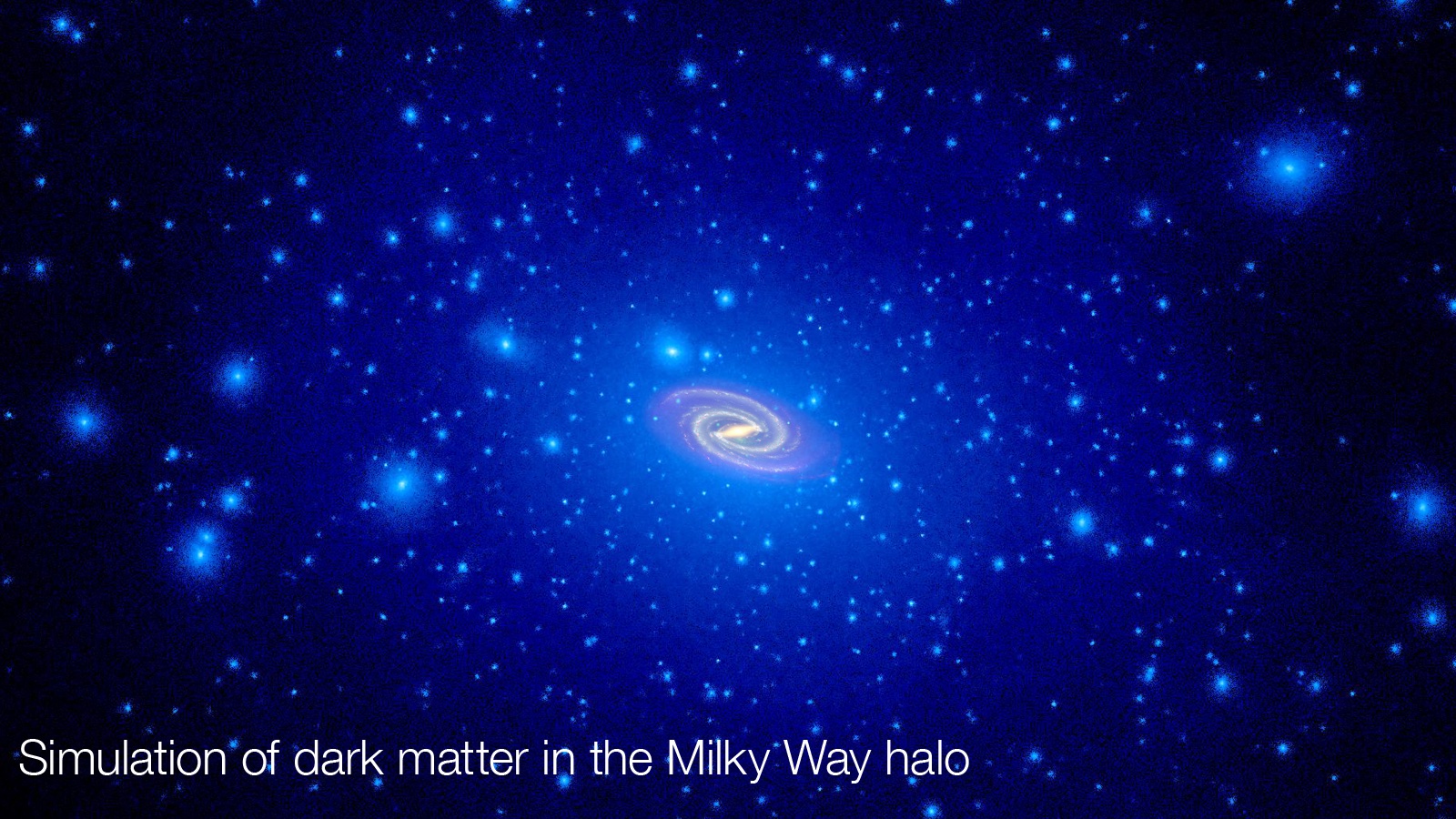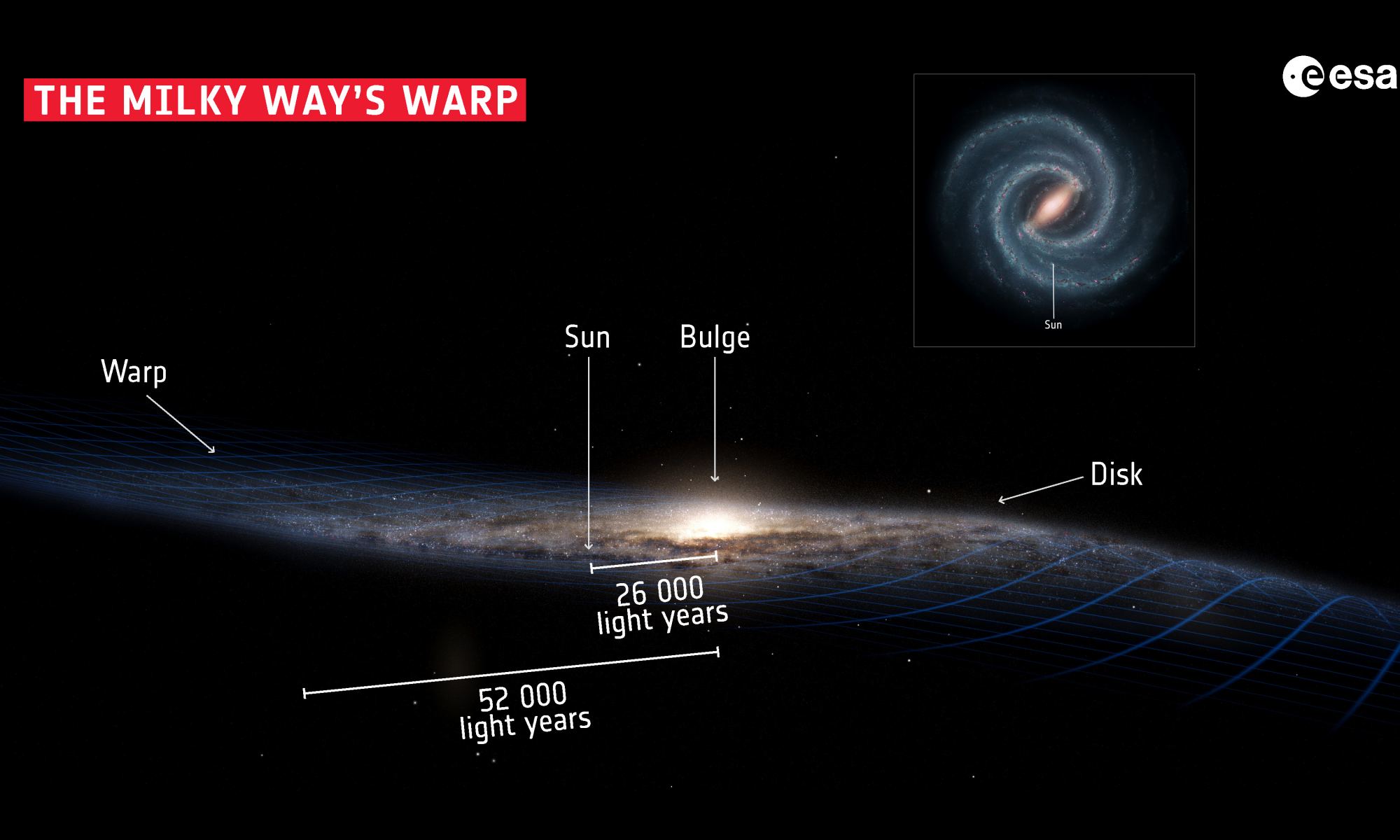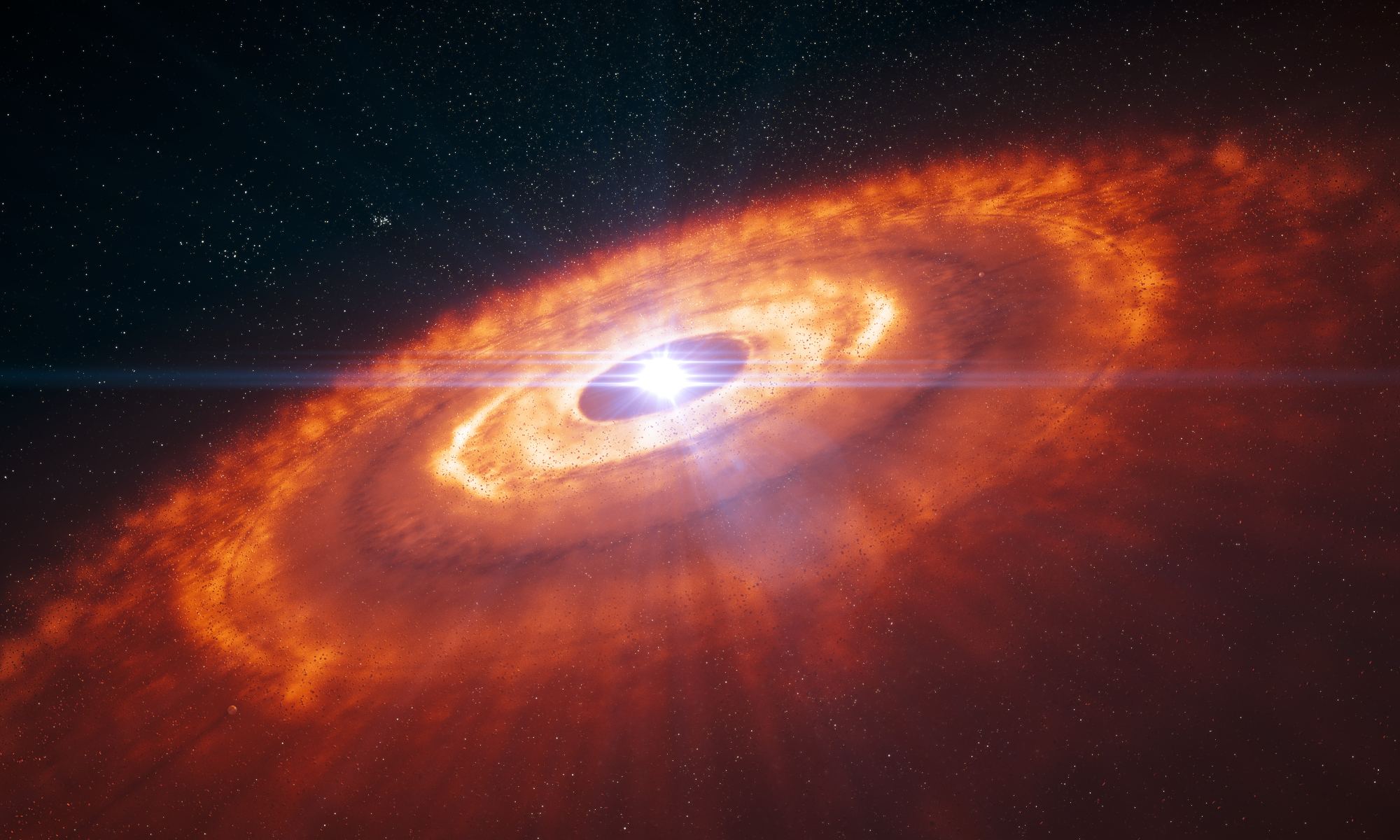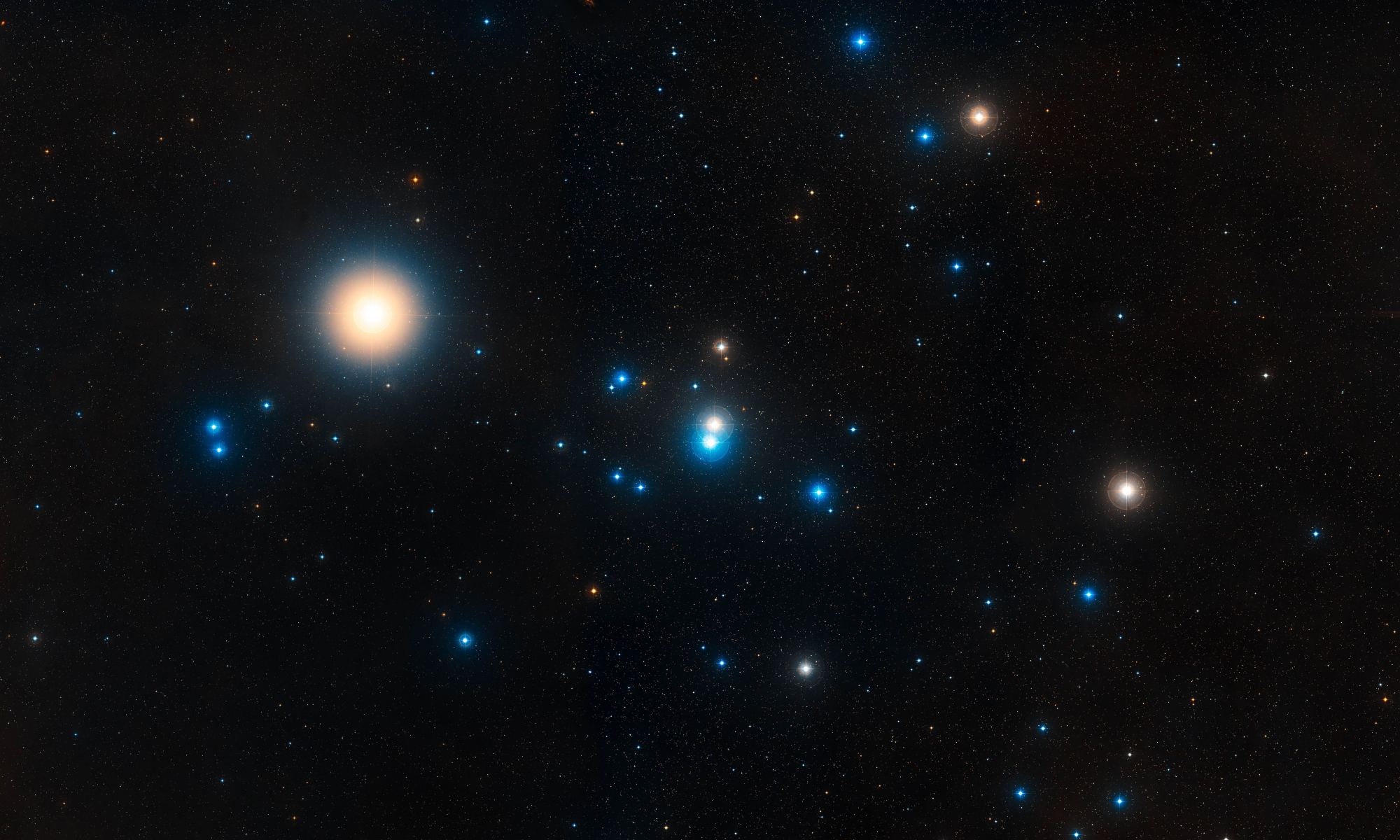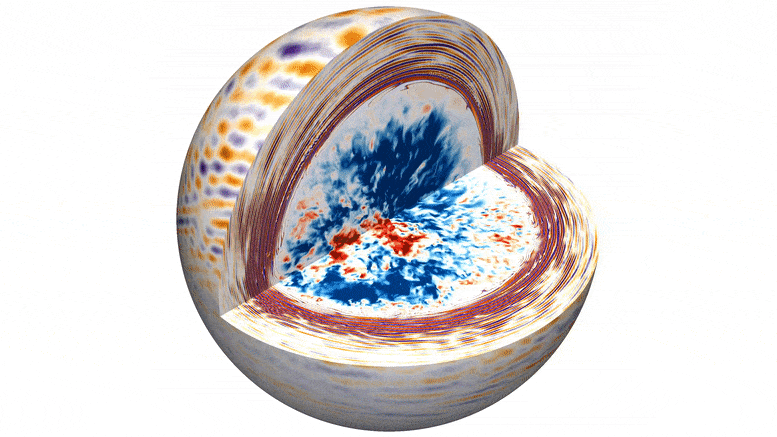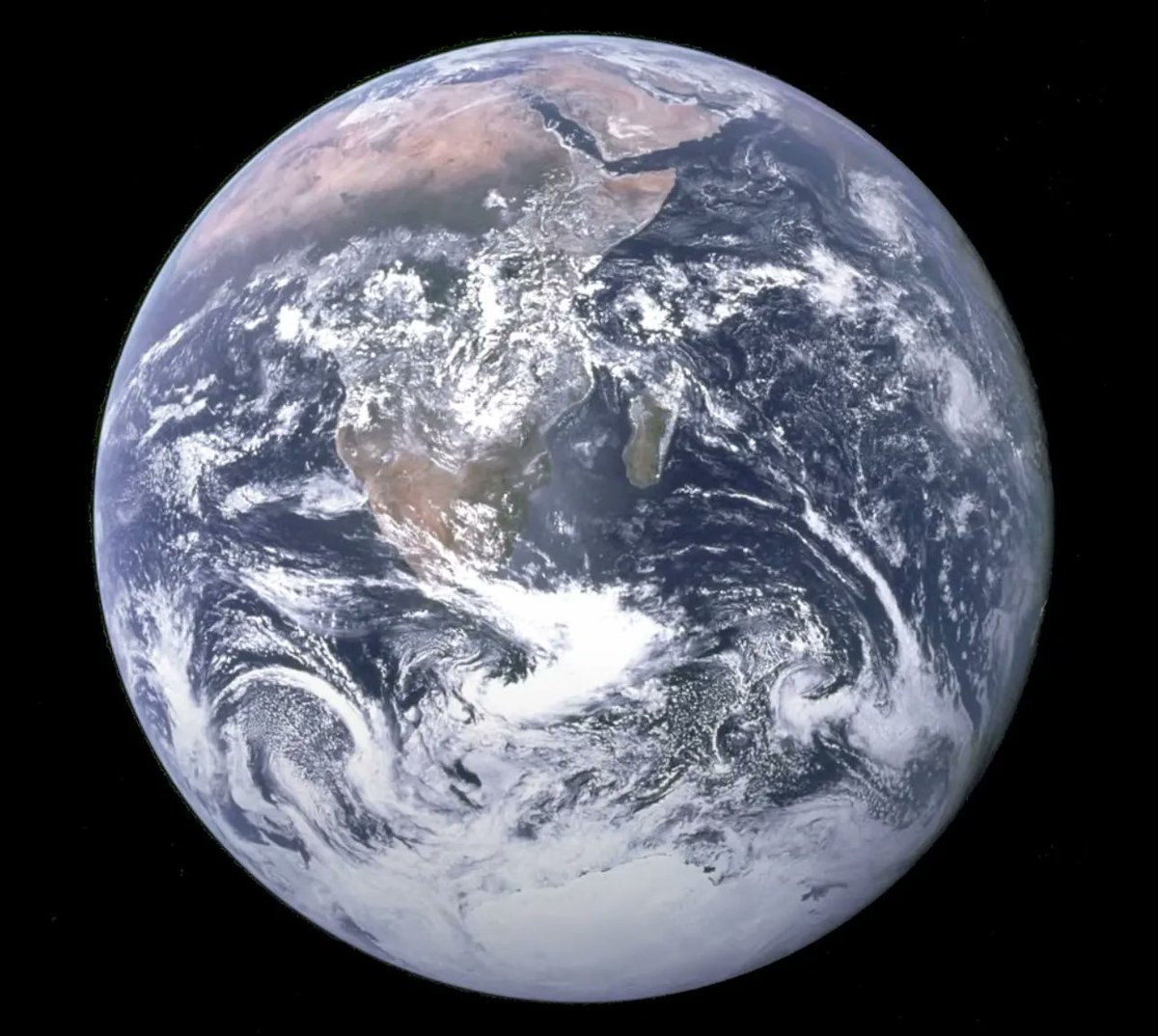Earth and Mars are the only two rocky planets in the solar system to have moons. Based on lunar rock samples and computer simulations, we are fairly certain that our Moon is the result of an early collision between Earth and a Mars-sized protoplanet called Theia. Since we don’t have rock samples from either Martian moon, the origins of Deimos and Phobos are less clear. There are two popular models, but new computer simulations point to a compromise solution.
Continue reading “New Supercomputer Simulation Explains How Mars Got Its Moons”A Dwarf Galaxy That's Almost All Dark Matter
Dark matter is a powerful cosmological model, but it isn’t without its problems. In addition to our inability to detect dark matter particles, one issue deals with the number of dwarf galaxies surrounding the Milky Way. According to the most popular models of dark matter, galaxies should be surrounded by clumps of dark matter within their dark matter halo. Since regular matter tends to gather around dark matter, that means the Milky Way should be surrounded by dwarf galaxies. While there are several known dwarf galaxies near the Milky Way, there are fewer than predicted by dark matter simulations. But perhaps there are many more dwarf galaxies we just haven’t noticed because they are made mostly of dark matter.
Continue reading “A Dwarf Galaxy That's Almost All Dark Matter”The Milky Way's Disk is Warped. Is That Because our Dark Matter Halo is Tilted?
It’s difficult to determine the shape of our galaxy. So difficult that only in the last century did we learn that the Milky Way is just one galaxy among billions. So it’s not surprising that despite all our modern telescopes and spacecraft we are still mapping the shape of our galaxy. And one of the more interesting discoveries is that the Milky Way is warped. One explanation for this is that our galaxy has undergone collisions, but a new study argues that it’s caused by dark matter.
Continue reading “The Milky Way's Disk is Warped. Is That Because our Dark Matter Halo is Tilted?”Do The Gaps in Protoplanetary Disks Really Indicate Newly Forming Planets?
Roughly 5 billion years ago Earth was in the process of forming. Gas and dust gathered with the young Sun’s protoplanetary disk, likely nudged a bit by the resonant gravitational pull of Jupiter and other large worlds. One can imagine that as Earth formed it swept its orbit clear of debris, leaving a gap in the disk visible from light years away. While we know this tale is reasonably accurate, the idea that planets such as Earth always clear gaps in a protoplanetary disk likely isn’t.
Continue reading “Do The Gaps in Protoplanetary Disks Really Indicate Newly Forming Planets?”The Closest Black Holes to Earth are Probably Hidden in This Nearby Star Cluster
In the constellation Taurus, there is a cluster of a few hundred stars known as the Hyades. The cluster is just 150 light-years away, and it could be harboring a stellar-mass black hole.
Continue reading “The Closest Black Holes to Earth are Probably Hidden in This Nearby Star Cluster”A New Simulation Reveals One Entire Stage of a Star's Life
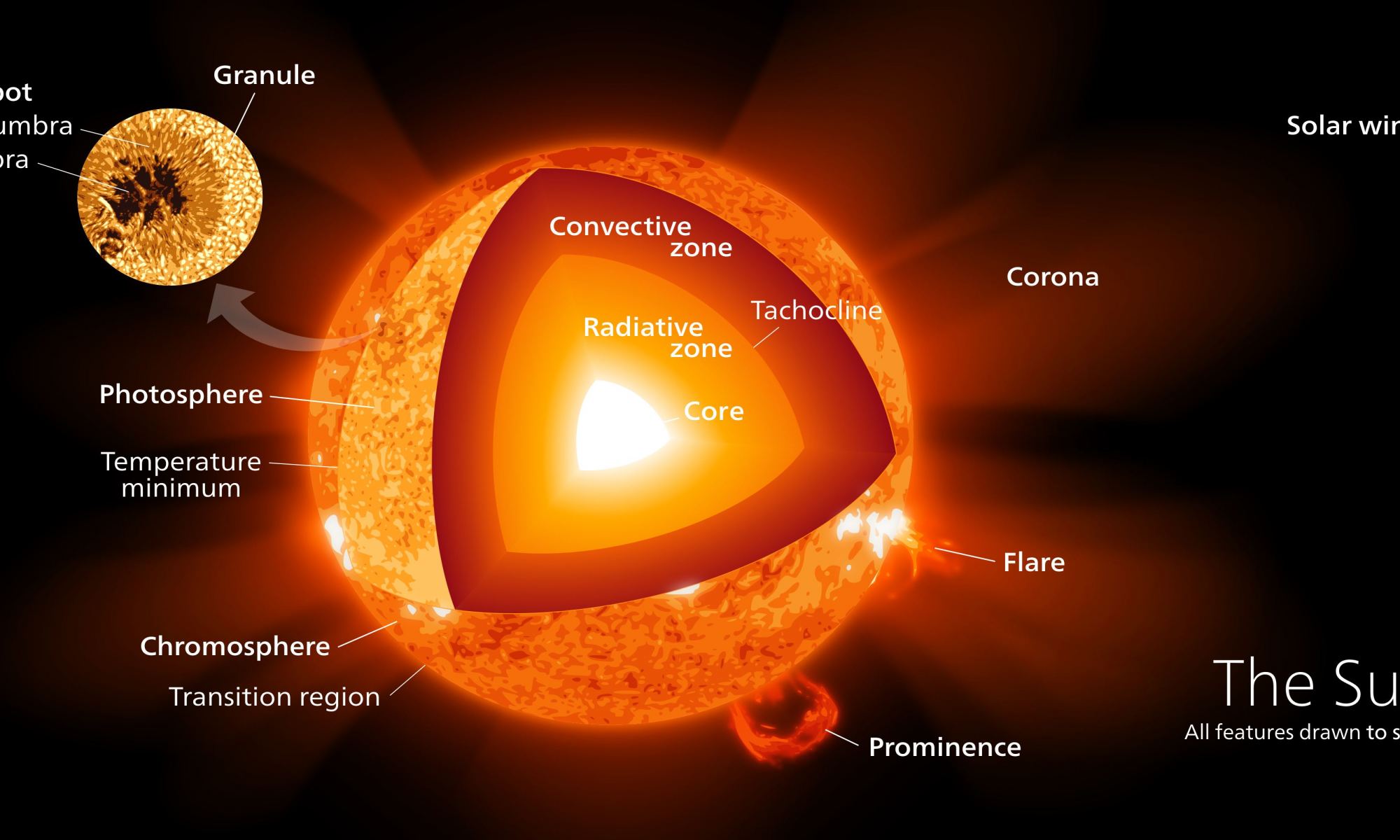
Nuclear fusion is at the center of stellar evolution. Most of a star’s life is a battle between gravity and nuclear power. While we understand this process on a broad scale, many of the details still elude us. We can’t dive into a star to see its nuclear furnace, so we rely on complex computer simulations. A recent study has made a big step forward by modeling the entire fusion cycle of a single element.
Continue reading “A New Simulation Reveals One Entire Stage of a Star's Life”New Simulation Reveals the Churning Interiors of Giant Stars
On a basic level, a star is pretty simple. Gravity squeezes the star trying to collapse it, which causes the inner core to get extremely hot and dense. This triggers nuclear fusion, and the heat and pressure from that pushes back against gravity. The two forces balance each other while a star is in its main sequence state. Easy peasy. But the details of how that works are extremely complex. Modeling the interior of a star accurately requires sophisticated computer models, and even then it can be difficult to match a model to what we see on the surface of a star. Now a new computer simulation is helping to change that.
Continue reading “New Simulation Reveals the Churning Interiors of Giant Stars”JWST Fails to Disprove the Big Bang

The James Webb Space Telescope (JWST) is revolutionizing our understanding of the early universe. With a mirror larger than Hubble and the ability to observe deep into the infrared, JWST is giving us a detailed view of that period of the universe when galaxies were just starting to form. The results have been surprising, leading some to argue that they disprove the big bang. But the big bang is still intact, as a recent study shows.
Continue reading “JWST Fails to Disprove the Big Bang”A Supercomputer Climate Model is so Accurate it Predicted the Weather Patterns Seen in the Famous 1972 “Blue Marble” Image of Earth
The “Blue Marble” was one of the most iconic pictures of the Apollo era. Taken by the astronauts of Apollo 17 on their return trip from the moon, the first fully illuminated image of the Earth taken by a person captured how the world looked on December 7th, 1972, just over 50 years ago. Now, a team from the Max Planck Institute for Meteorology has recreated that iconic image using a climate model.
Continue reading “A Supercomputer Climate Model is so Accurate it Predicted the Weather Patterns Seen in the Famous 1972 “Blue Marble” Image of Earth”A Fast-Moving Star is Colliding With Interstellar gas, Creating a Spectacular bow Shock

Zeta Ophiuchi has had an interesting life. It began as a typical large star about twenty times more massive than the Sun. It spent its days happily orbiting a large companion star until its companion exploded as a supernova about a million years ago. The explosion ejected Zeta Ophiuchi, so now it is speeding away through interstellar space. Of course, the supernova also expelled the outer layers of the companion star, so rather than empty space, our plucky star is speeding through the remnant gas as well. As they say on Facebook, it’s complicated. And that’s great news for astronomers, as a recent study shows.
Continue reading “A Fast-Moving Star is Colliding With Interstellar gas, Creating a Spectacular bow Shock”

